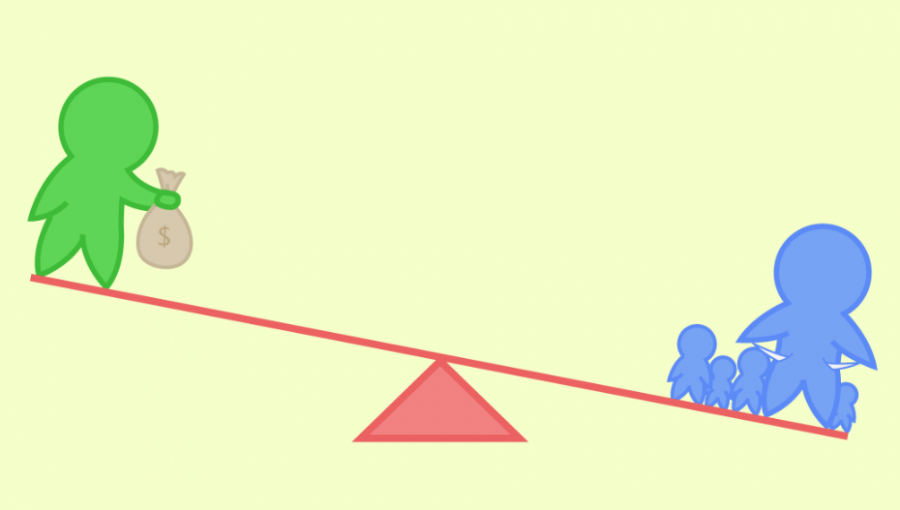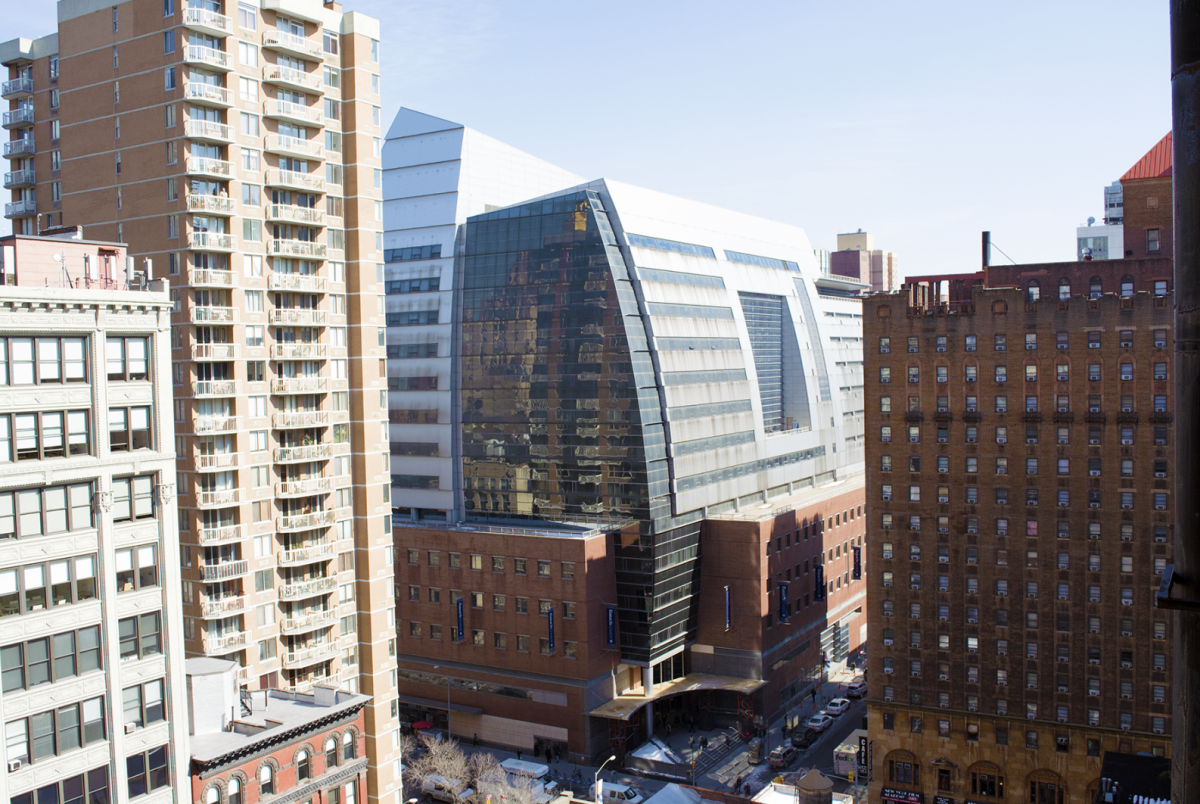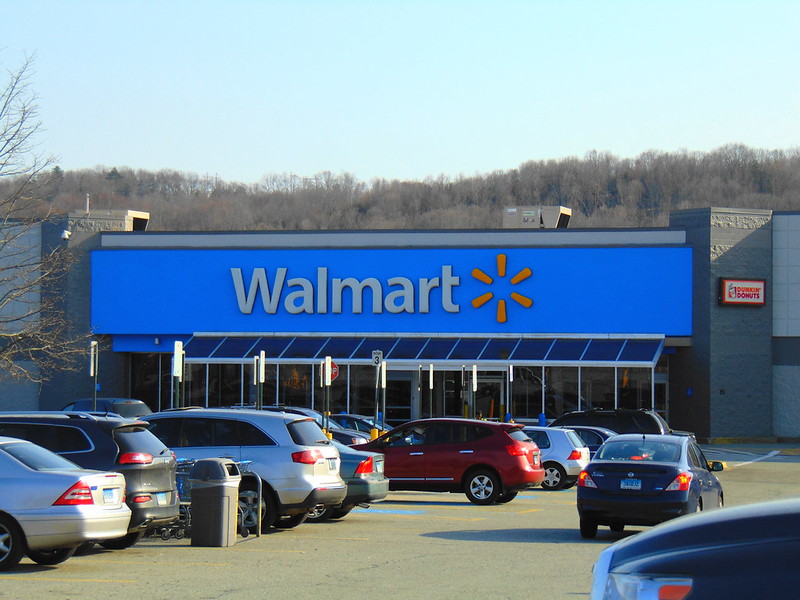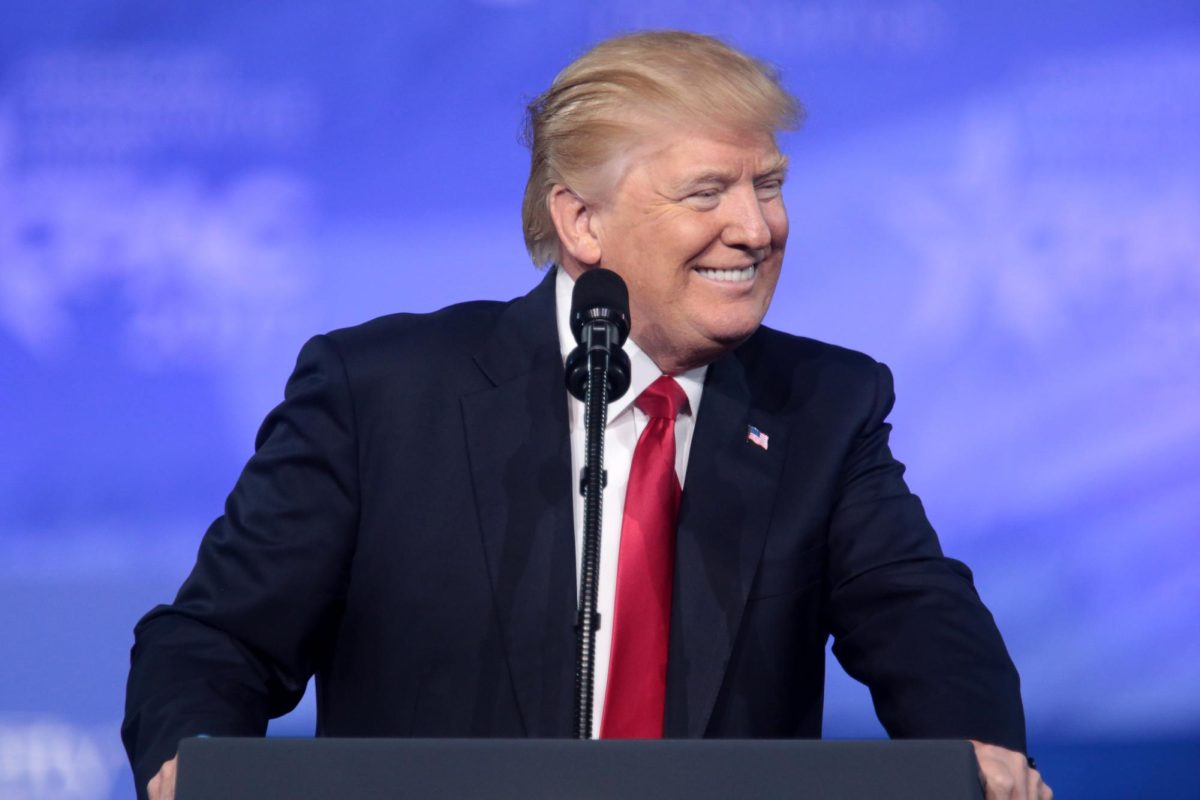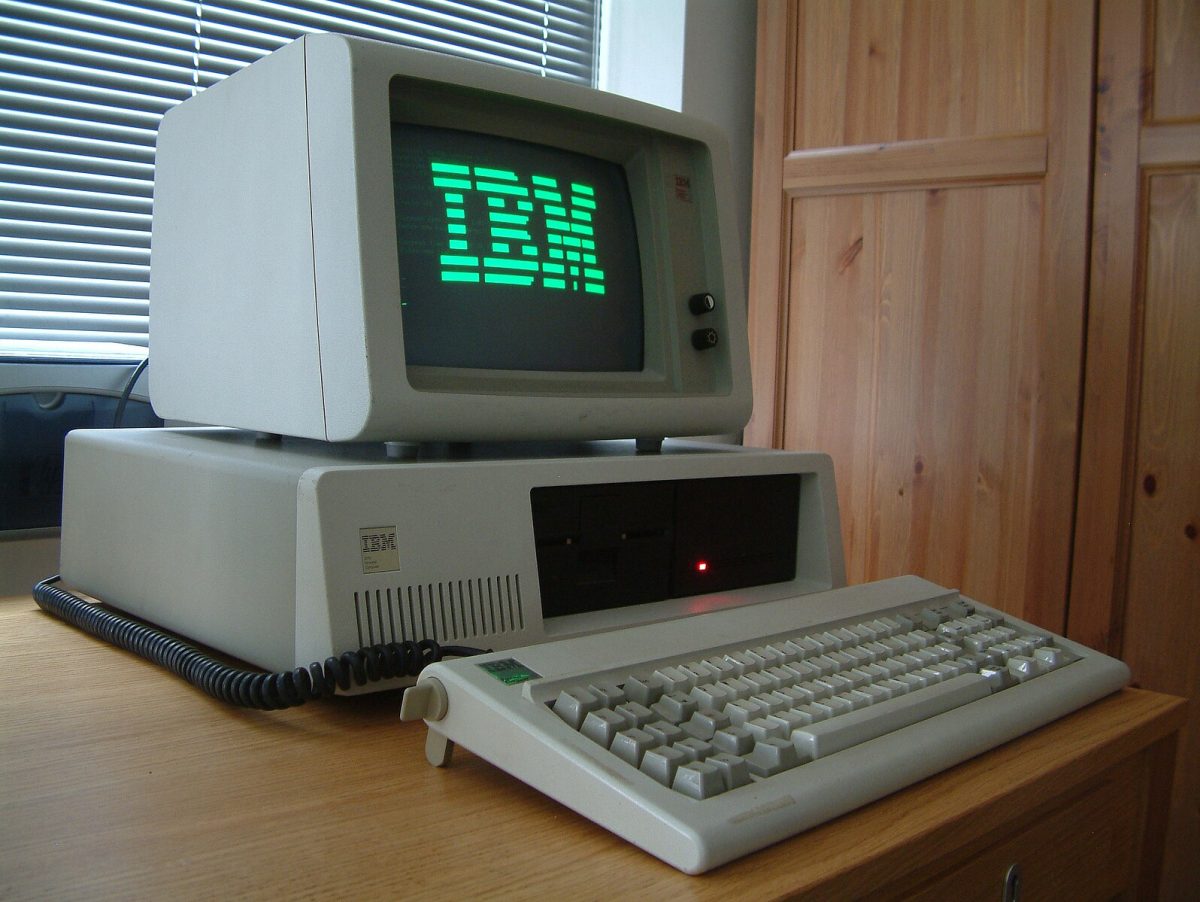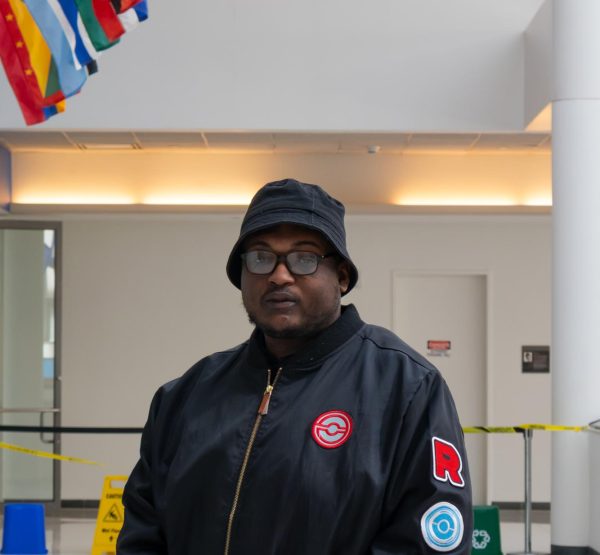Billionaires’ wealth has reached a record high in the midst of the coronavirus pandemic. U.S. Billionaires, including Amazon CEO Jeff Bezos and Facebook’s Mark Zuckerberg, saw their fortunes rise during the coronavirus pandemic, according to CNN.
According to reports, a cumulative $10.2 trillion in wealth was acquired at the end of July, an increase from a previous $8.9 trillion reached back in 2017. The number of billionaires has also increased by 31 to 2,189 since 2017.
Some billionaires are gaining wealth faster than others. This rapid increase originates from the technology, healthcare and industry sectors of the economy.
Billionaires in the health sector recorded an increase of 50.3%, a cumulative fortune estimated at $658.6 million, according to the Economics Times. The overall net worth of billionaires in entertainment, real estate and financial services industries increased by 10%.
Some question the ability to gain such a vast amount of wealth during a pandemic led recession that has left many Americans unemployed. It is important to point out, however, that similar economical events in United States history that led to the rich getting richer.
This is not the first time billionaires have seen their fortunes go up while the average American experienced financial loss due to an economic crisis. In 2007, when the housing crisis occurred, prices of homes decreased by 31%. The crisis forced an estimated 3.1 million homes into foreclosure. During that crisis, the stock market fell by over 50%. By the end of 2008, millions of Americans lost their jobs. In the aftermath of the crisis, the incomes of the bottom 99% grew by only 0.4% while the top one % grew by 31.4% in the same time.
The first reason for the disparity stems from the government providing more aid to banks and big corporations. This was due to the Emergency Economic Stabilization Act, a law signed in 2008 that created a $700 billion program that allowed the purchasing of devalued assets from banks. It was later known as the Troubled Asset Relief Program.
The second reason was when the stock market made a comeback, the inequality in bailouts meant that the top 1% in the country had money to invest and profit off of, while both the middle and lower class did not. During that time, the S&P 500 gained an estimated 462%.
In 2009, the world’s richest peoples’ shares grew by 19% to $39 trillion. From 2009 to 2012, the top 1% saw 95% of their incomes grow. Fast Forward to 2020; the combined wealth of the billionaire class in the United States has increased by over 80% all due to the coronavirus pandemic.
The Small Business Administration made $349 billion available to small businesses with the creation of the Paycheck Protection Program. But like the financial crisis in 2008, $243 million of the money went to large, publicly traded companies.
News spread that just five days after COVID-19 was designated as a pandemic in March, the Dow Jones experienced its worst single day drop in points in its history. Contrary to the drop, seven of the world’s richest people saw their fortune’s increase by over 50%.
This was a possibility due to a stock market bounce back fueled by the Paycheck Protection Program in the CARES Act. Short-term interest rates for banks to near 0% also contributed to the bounce back as well.
With the rise in wealth comes a rise in sharp criticism of the economic comparison between the wealthy and the middle class. Angela Rayner, Deputy leader of Britain’s Labour Party tweeted last Wednesday that “Billionaires doing very nicely our of the #Covid_19 pandemic, ordinary people left with debt, businesses collapsing, unemployment rocketing, people suffering and making huge sacrifices whilst the world’s richest laugh all the way to the bank!”


